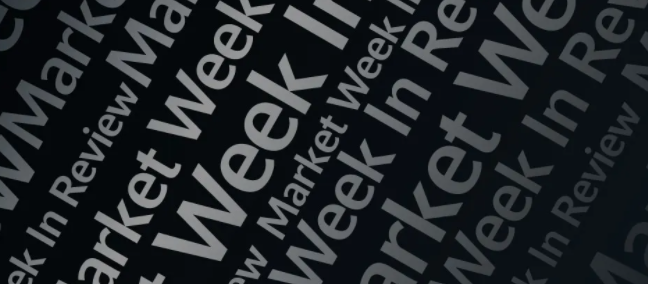
Video Length: 00:03:18On the latest edition of Market Week in Review, Chief Investment Strategist for North America, Paul Eitelman, and Sophie Antal-Gilbert, Head of AIS Portfolio & Business Consulting, discussed the third-quarter GDP (gross domestic product) reading in the U.S. They also reviewed the latest decisions on interest rates from the European Central Bank and the Bank of Canada.
Consumer spending powers U.S. economic growth to 4.9% in Q3
Antal-Gilbert kicked off the conversation by noting that U.S. GDP grew at a 4.9% clip during the third quarter on an annualized basis—up significantly from the approximately 2% growth rate logged during the second quarter of the year.Eitelman characterized the number as significant and as good news for Main Street—but not for Wall Street. “The resilience of the U.S. economy—in particular, the ongoing strength of the U.S. consumer—has caused longer-term interest rates to rise pretty considerably over the last several months,” he stated. These higher interest rates, in turn, have been a headwind for U.S. equity-market valuation multiples, he explained.Case-in-point: Since late July, when U.S. equity markets hit their high points for the year, a notable selloff has taken place, Eitelman said. Through market close on Oct. 26, the benchmark S&P 500® Index is down roughly 9% from its late-July peak, while the Nasdaq Composite Index is now in correction territory, having declined by about 11% since late July, he observed. Meanwhile, the Russell 2000® Index, which measures the performance of small cap companies, is off nearly 17%, Eitelman added.“Make no mistake: this economic resilience is good news from a macroeconomic perspective, but it’s certainly creating challenges for financial markets,” he concluded.
Is the end of the rate-hiking cycle near?
Focusing in on interest rates, Antal-Gilbert noted that both the European Central Bank (ECB) and the BoC (Bank of Canada) held policy meetings the week of Oct. 23. At the conclusion of their meetings, both central banks opted to keep rates unchanged, she said, with the ECB holding its policy rate steady at 4% while the BoC maintained an overnight rate of 5%.“Central bankers in Canada and Europe have been going through the same problems as most other developed markets, with inflation that was initially way too high and had to be corralled with aggressive rate hikes. It does seem like we’re now getting closer to the end of the rate-hiking cycle in most markets,” Eitelman stated.He explained that both the ECB and the BoC see their current policy rates as restrictive, and appear increasingly willing to wait and see how the latest economic data unfolds before making any more decisions on rates.“It does look like both Canada and the eurozone are on a trend toward slowing growth and moderating inflation. As long as this holds, I think we’re probably done with the bulk of rate hikes at this stage,” Eitelman concluded.More By This Author:After The Fed Hike Cycle, Is A Cash Allocation A More Viable “Option”? How Could An Energy Transition Impact Global Markets And Economies? Why Are U.S. Treasury Yields Soaring?













Leave A Comment